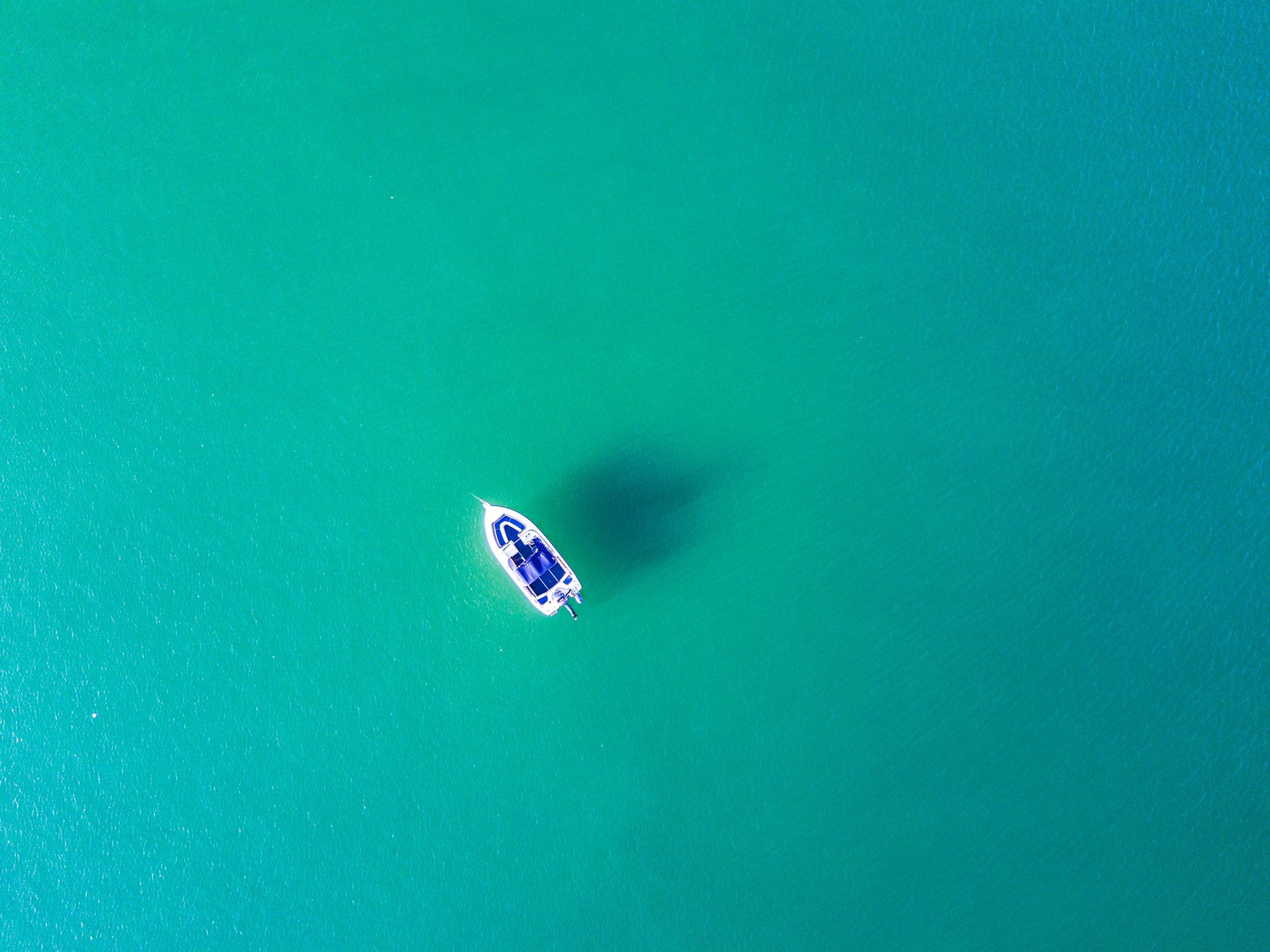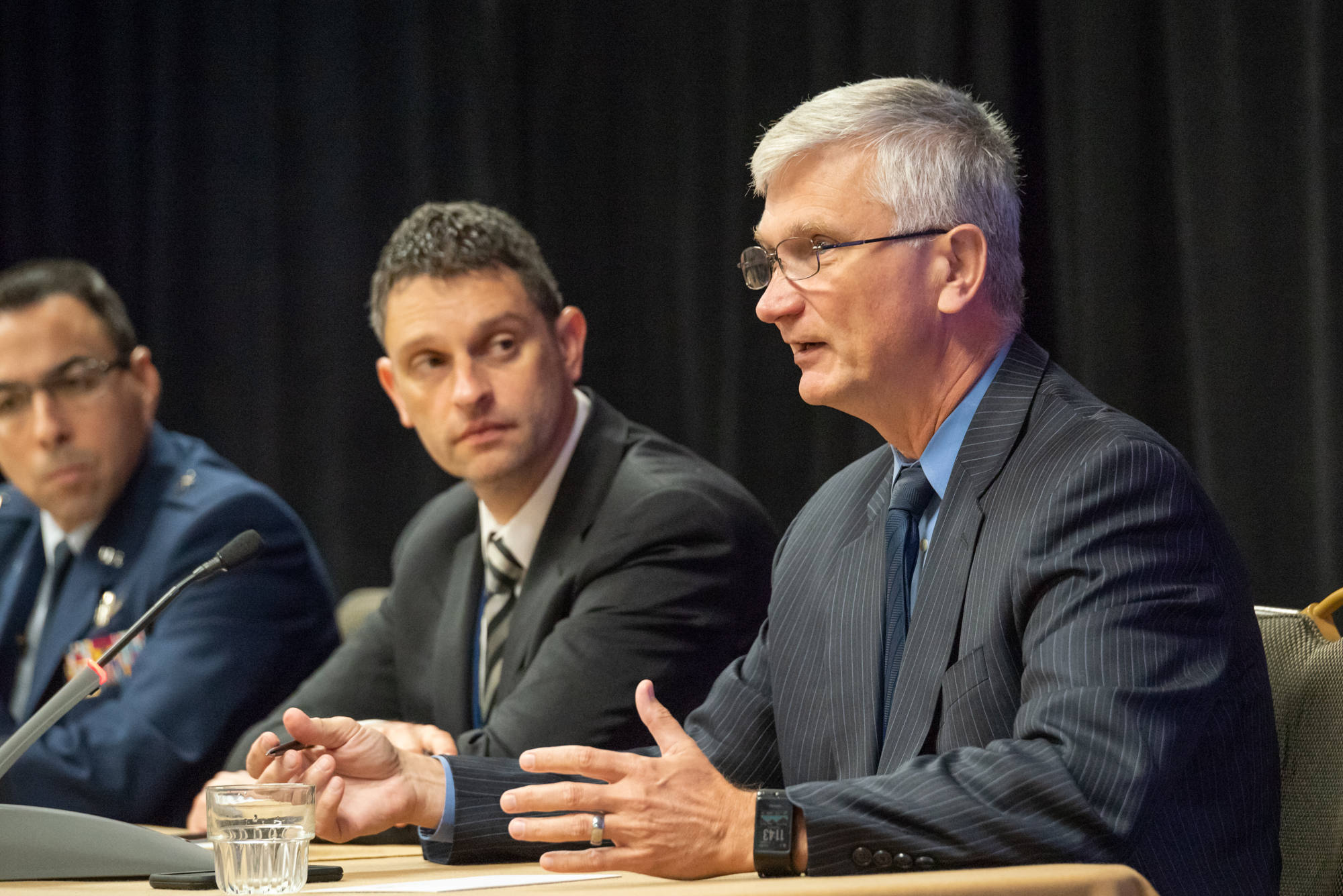The Department of Homeland Security (DHS) will conduct demonstrations of GPS receivers this fall to support the buying plans of first responders, the Coast Guard and other agencies within DHS. The tests aim to clarify how well the receivers stand up to jamming and spoofing while being used on small, unmanned aircraft systems (sUAS or drones) for maritime missions.
“What we’re looking at is what kind of technology is available to protect our aircraft from bad guys buying illegal jammers or spoofers to keep the bad guys’ location hidden from us or allowing them to take over an aircraft,” said Tim Bennett, program manager for air-based technologies for the Security Science and Technology division of DHS.
The testing is part of the Robotic Aircraft Sensor Program (RASP), which is also evaluating other sensors available for use on unmanned aircraft.
DHS wants to gather the GPS receiver data now, said Bennett, “so when our guys do actually start flying them out there we can have this stuff already installed on the aircraft so we don’t have to worry about them having issues.”
Gotta Fly
“Flying” is the key word, Bennett said. It is essential the GPS receivers be installed and actually flown on a small drone during the demonstration. “We are going to do on-the-ground testing but that’s only a small part of it. More of it’s going to be in-the-air testing because that’s where we know we’re going to have problems.”
The receiver manufacturer will provide the receiver/s and a flight-proven drone or drones and their team is expected to operate it during the five-day test. Sensor providers who are not sUAS manufacturers are encouraged to partner with drone companies whose platforms can exercise the full range of capabilities of the sensor, according to the published request for information (RFI). The team may be asked to launch/recover their system from both a land based and a ship based location or, at a minimum, demonstrate hand-over control of the sUAS and sensor(s) to a water-borne platform while it’s underway.
“Safety concerns will also be assessed such as the unmanned aircraft’s capability for safe flight in the event of a loss of communications between the aircraft and the ground controller,” the RFI said.
The trials will take place against the L1, L2 and L5 bands and the drones will be tested at different altitudes.
“We’re going to go start at a very high altitude and a certain range and find out at what altitude and slant angle they (the receivers) are affected,” said Bennett. “That’s why it’s important that they fly.”
DHS will write a report describing the receivers chosen to participate and their performance. The Coast Guard, other components of DHS and first responders will be able to access the reports to help them with buying decisions. The reports and their less detailed executive summaries will not be publically available, said Bennett, to both protect proprietary data and to encourage candid discussions between the manufacturers and the government.
“We just don’t hand it out to whoever calls up and asks for it,” said Bennett. “We try to keep all distribution down to state and local governments, to first responders within state and local and then all within the federal (government).”
Details
To encourage candid discussion teams will show their capabilities one-on-one with the DHS over a period of five days.
“When we do our demonstrations, said Bennett, “I try not to have any other supplier around because things go wrong and this is a learning experience for all of us. And companies, if they know their competitors are out there watching that, they’re less likely to be honest with us and are also less likely to participate because nobody wants to look bad in front of their competition.”
That also means that the number of firms invited to participate will, necessarily, be smaller.
“We try to limit this to just a few companies so I can have separation between each one of them so we can have a complete, open discussion on what we’re doing,” said Bennett.
The deadline to submit an application — which consists primarily of a short white paper addressing a list of questions and a list of the equipment to be demonstrated — is 3 pm EST August 3. More information is available at Fed Biz Opps (www.fbo.gov) under RFI Number 70RSAT18RFI000012.





